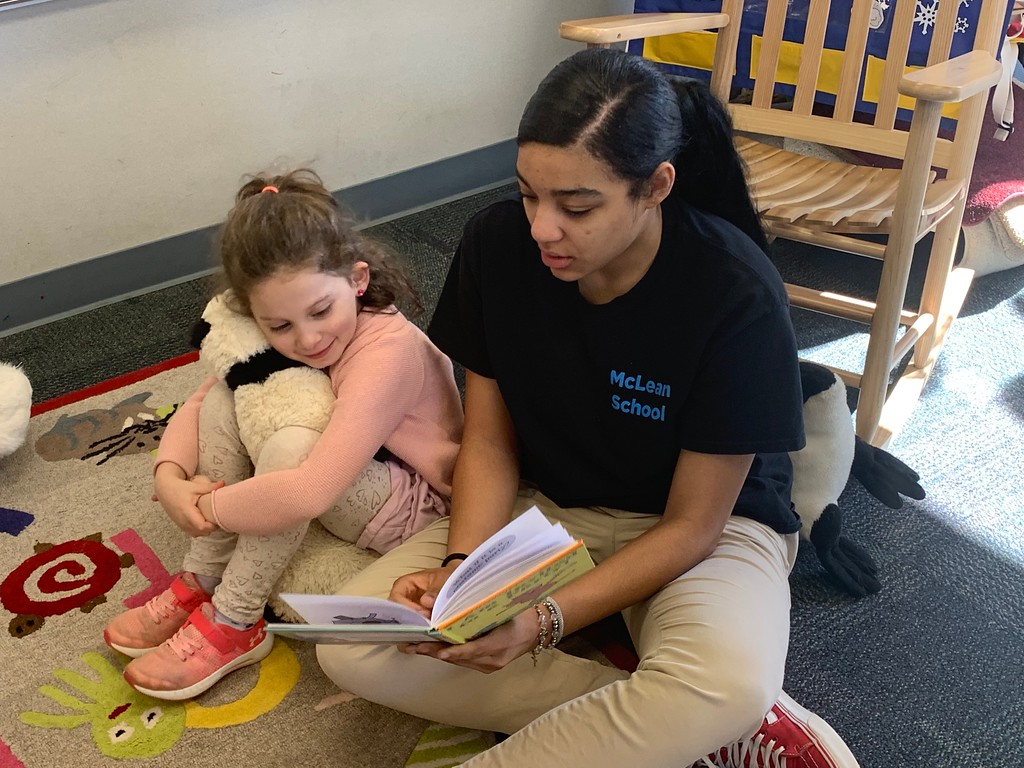Structured Literacy Approach: Why It Outperforms Balanced Literacy For Struggling Readers
Recently, the focus has shifted to finding the most effective ways to teach reading. This was especially important for struggling students. Compared to Balanced Literacy, the structure literacy approach is a hot topic of debate. Although both aim to foster strong reading skills in students, only one has its roots in decades of research and cognitive science methods that help those with dyslexia. This method is known as Structured Literacy.
Structured literacy, however, is not only a technique. It is also a philosophy founded in the neuroscience of the brain’s ability to learn. Structured Literacy is a deliberate, sequential, cumulative approach, unlike Balanced Literacy, which relies heavily on context clues. It is a road map that helps students develop reading proficiency step by step, using proven methods like explicit phonics and cumulative review.
The Power of Explicitly Teaching Phonics
Explicit phonetic instruction is the heart of Structured Literacy. This means phonological and telephonemic awareness, sound and symbol correspondences, and spelling patterns can be taught directly. Teachers do NOT assume that the students will “pick up” reading skills from repeated exposures to texts. Instead, they help students understand the structure, such as how words are formed, how words and sentences are constructed, and how words are spelled.
This explicit instruction is essential, particularly for struggling readers who don’t intuitively grasp the alphabetic or phoneme/grapheme relationships. These students must learn how to decode and then encode words. The emphasis of Balanced Reading on whole-language skills and the minimal focus placed on phonics can cause these students to fall behind. For this reason, the structured literacy approach has been adopted as a cornerstone by remediation programs designed for students with dyslexia.
Cumulative Systematic Review
The process of cumulative review stands out as one of the most significant features that make Structured Literacy unique. Every new skill builds from previously taught skills, and instruction follows an orderly sequence that progresses from simple to complicated. Once a particular skill is taught, it is not forgotten; it is continually reviewed and reinforced.
Students who have learned short vowels may be introduced to digraphs (consonant blends) or continue with earlier phonetic patterns. This method ensures the retention and automaticity of foundational skills before layering in more advanced concepts. As opposed to Balanced Literacy, which assumes that once a particular skill is introduced, it’s been learned, the approach of Balanced Literacy tends to assume this. This lack of systemic reinforcement can create gaps, which may hinder reading fluency.
Engaging the brain through multisensory techniques
The multisensory teaching methods also define Structured Literacy. This includes using visual and auditory cues, as well as kinesthetic-tactile ones, to reinforce learning. For example, a student who sees the letter “b”, hears the sound /b/, then writes the letter in the air or on paper, engages multiple brain pathways. It strengthens memory and improves retention of skills.
Multisensory practices are particularly helpful for students who have learning disabilities. Multiple senses are important for anchoring new information. This creates neural connections. Structured Literacy uses various interactive methods to engage students, including sandpaper letters and magnetic tiles.
Balanced literacy includes reading in groups and shared reading. However, the framework does not integrate multisensory learning techniques. It does not provide the depth or adaptability that struggling readers need to improve fluency and gain confidence.
The Science Speaks Clearly
The neuroscience shows that reading does not happen naturally. Our minds are not wired to read the way they are wired to speak. Reading must always be taught with intention. National Reading Panel reports, research from the International Dyslexia Association, and decades worth of cognitive studies support a structured approach to teaching literacy.
Structured Literacy can provide a saving grace for struggling students, including those with dyslexia. It does not rely upon guesswork or a vague hope that magically reading ability will emerge. It gives them the tools to break down language, reconstruct it, and use those skills for reading and writing.
A Call to Shift Instruction
It is high time that educators, administrators, and policymakers reassess the methods used in classrooms around the country. Although the Balanced Reading and Writing approach may benefit some students in certain situations, it falls short of expectations for many others.
Structured literacy does not represent a trend. Instead, it is a proven, equitably implemented method, and benefits all students. By adopting the principles – explicit reading, cumulative review, multisensory training – we will ensure that each child, regardless of their starting point, can become an adept and confident reader.



